Finnish expert: Solutions needed for VN's waste-to-energy treatment
Waste management is one of the important issue for sustainable development. The Vietnam Economics Time recently conducted an interview with Saku Liuksia, Program Manager of Waste-to-Energy and Bio-energy at Finland's Trade and Investment Promotion Agency on the organization's operations and projects in Vietnam.
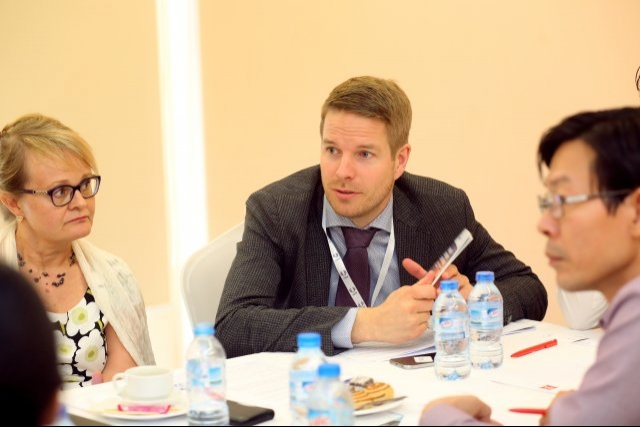 |
Saku Liuksia (left), Program Manager, Waste to Energy and Bioenergy, FinPro. Photo: Khanh Chi (VET)
The interview is transcribed as below:
What are the major activities of Finland’s Trade and Investment Promotion Agency (FinPro) in Vietnam?
We started to focus heavily on waste-to-energy and the bio-energy sector about one and a half years ago, so we are familiar with all the challenges, possibilities, and potential of Vietnam’s waste-to-energy and bio-energy market. We have brought many business delegations from Finland to Vietnam to showcase the industry’s most expertized technology in Finland and in return also taken Vietnamese businesses to Finland in order for them to learn from our experience.
There are a lot of business cases and projects under development and under planning using different kinds of raw materials, such as urban solid waste, agriculture waste, and wastewater, etc. There are also a lot of developments that have been done in Vietnam in the one and a half years, including projects conducted by Doranova and Watrec. Big waste management projects always take time to develop.
By bringing Finnish enterprises to VietWater this year, what do you think about the potential of investing in Vietnam given that it is yet to have large-scale projects and modern technologies in the renewable energy sector?
There are three important things that need to be considered, according to Watrec. Firstly, it’s about fuel, as investors need to check feasibility to make sure that there will be enough to run their plant. Secondly, it’s about the tipping fee for those who bring waste to the plant, and, finally, the feed-in tariff needs to be guaranteed. All of these must be calculated to know whether a project is feasible or not.
In Finland, we have source separation of waste in many different directions, which makes power production easier, but Vietnam does not do it. I strongly recommend Vietnam to starts waste separation, but it is possible to conduct a project with mixed waste using pre-treatment technologies before arriving at the waste-to-energy process.
Can you tell us about projects in the waste-to-energy sector you have commenced in the country so far?
Doranova has partnered with a local waste treatment company in southern Binh Duong province to conduct the second-phase of the BIWASE project.
The first phase was done by a Finnish company that provided a waste separation line on the same site. For this project, they will collect landfill gas then cleaning at the plant with 1.6 MW in capacity. After that, the collected gas will be supplied to the Dong Thap Power Plant to produce electricity. Construction started at the beginning of the year and is expected to be completed by next April.
Landfill gas is pretty much the same all over the world. There are big differences between landfills and dump sites, which are not good for the technology. It’s important for us to study investment in this sector to see how other landfills in other parts of the country are being built, to see if the same technology can be used. This is the first among a range of projects the two sides will be able to implement together and we are very cautious about the project’s success and efficiency in Vietnam.
A brand-new project in Hanoi has only been announced unofficially so I’m not allowed to tell you much. I can say that we will have a project for municipal solid waste treatment to produce electricity for the city.
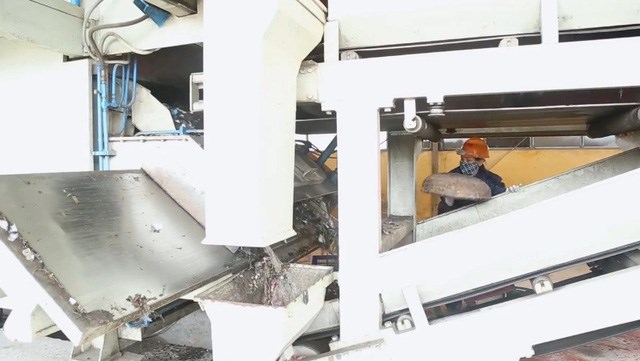 |
A stage of waste-to-energy process at a factory in Vietnam
Vietnam has already applied some waste-to-energy technologies from other countries. There is one problem, however, which is high investment costs leading to high prices and this really is a major challenge. How do you view this challenge? Do you think it’s possible to recover the investment cost and how long will it take?
We have solutions of small scale, mid-scale, and large scale for different waste materials. All need several different levels of investment. If the fee and the tariff are set at the right level, you can commit to a feasible project and the return on investment (ROI) is relatively short.
My recommendation for long-term waste treatment is to start to separate waste in households, like food, metals, plastics, and papers, and then you can use CSF or RDFO treatment technologies. There are always two drivers behind waste-to-energy projects: legislation and economics. For instance, in Finland, organic waste landfill is forbidden and biogas usage is always encouraged for power production.
We are trying to reduce investment costs to fit the economic context of relatively high technology use. To achieve that, we had to transfer some of our production and processing by working with local companies and transferring technology to local firms or experts. This helps reduce the cost of technology investments for companies wishing to cooperate./.
( VNF/VET )
Recommended
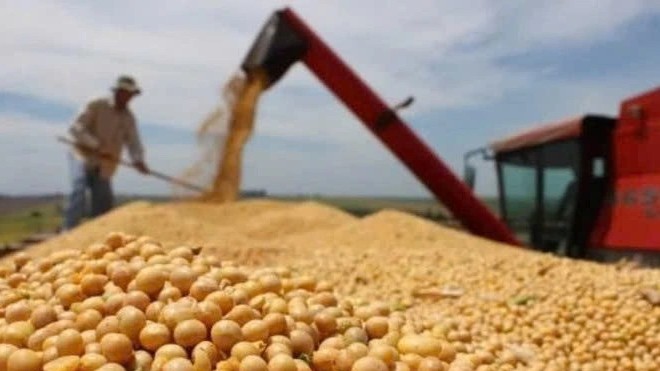 National
National
Vietnam News Today (Jun. 2): Vietnamese Trade Mission Sounds Out Business Opportunities in United States
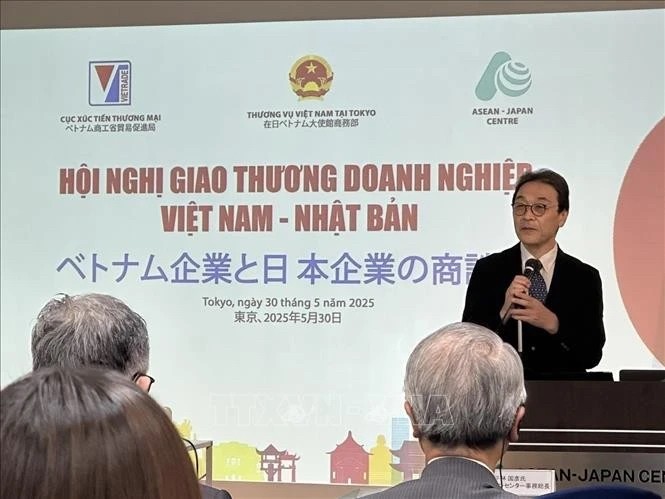 National
National
Vietnam News Today (Jun. 1): Vietnamese, Japanese Firms Foster Partnership
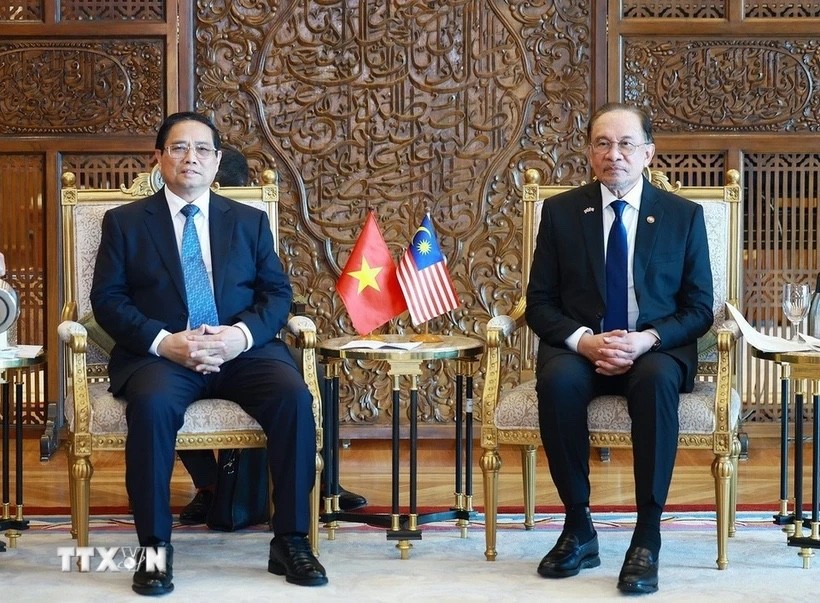 National
National
Vietnam News Today (May 31): Vietnam Strongly Supports Laos’s National Development
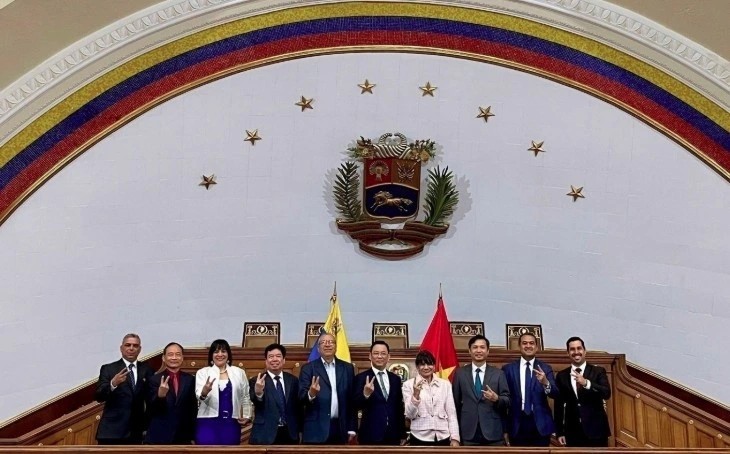 National
National
Vietnam News Today (May 30): Vietnam, Venezuela Reinforce Ties Through People-to-people Diplomacy
Popular article
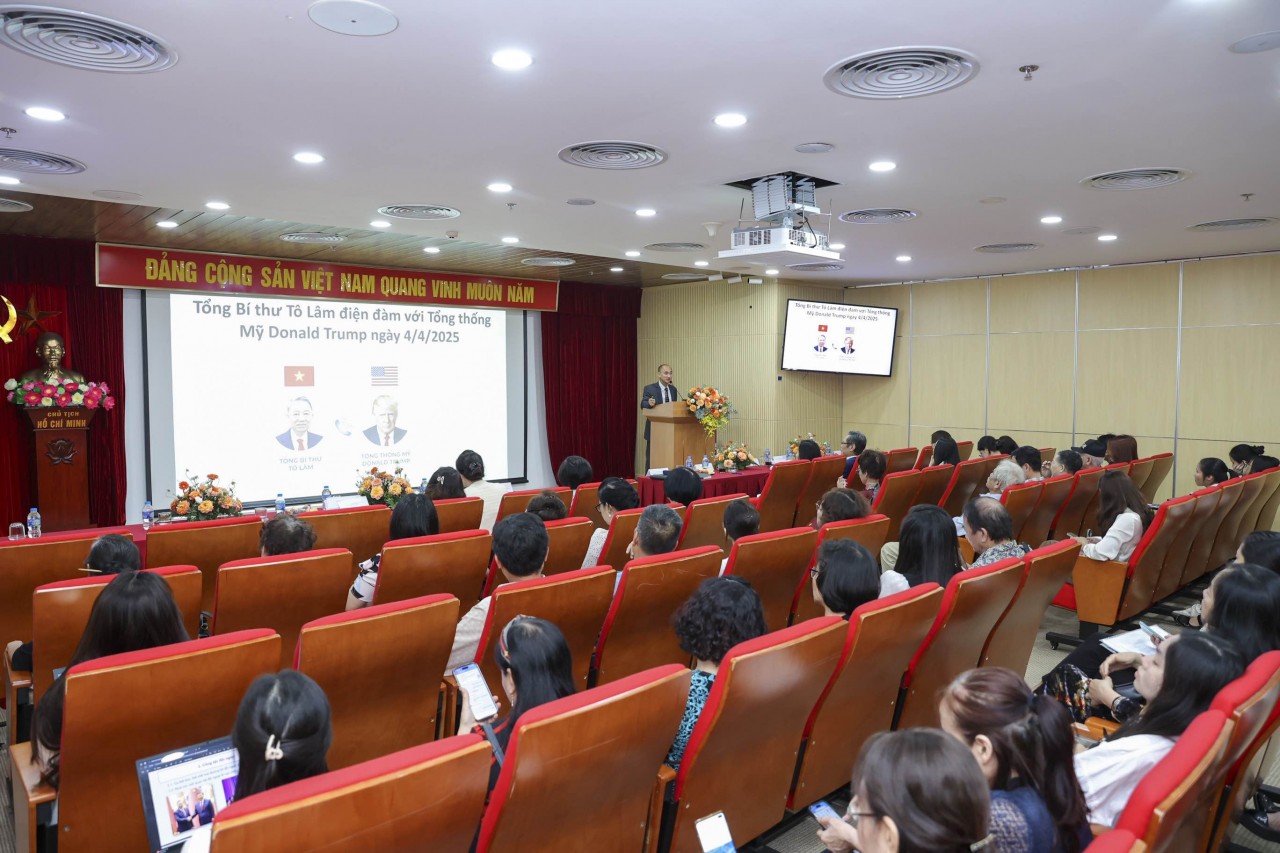 National
National
Vietnam News Today (May 29): Vietnam and Hungary to Expand Cooperation into New Areas
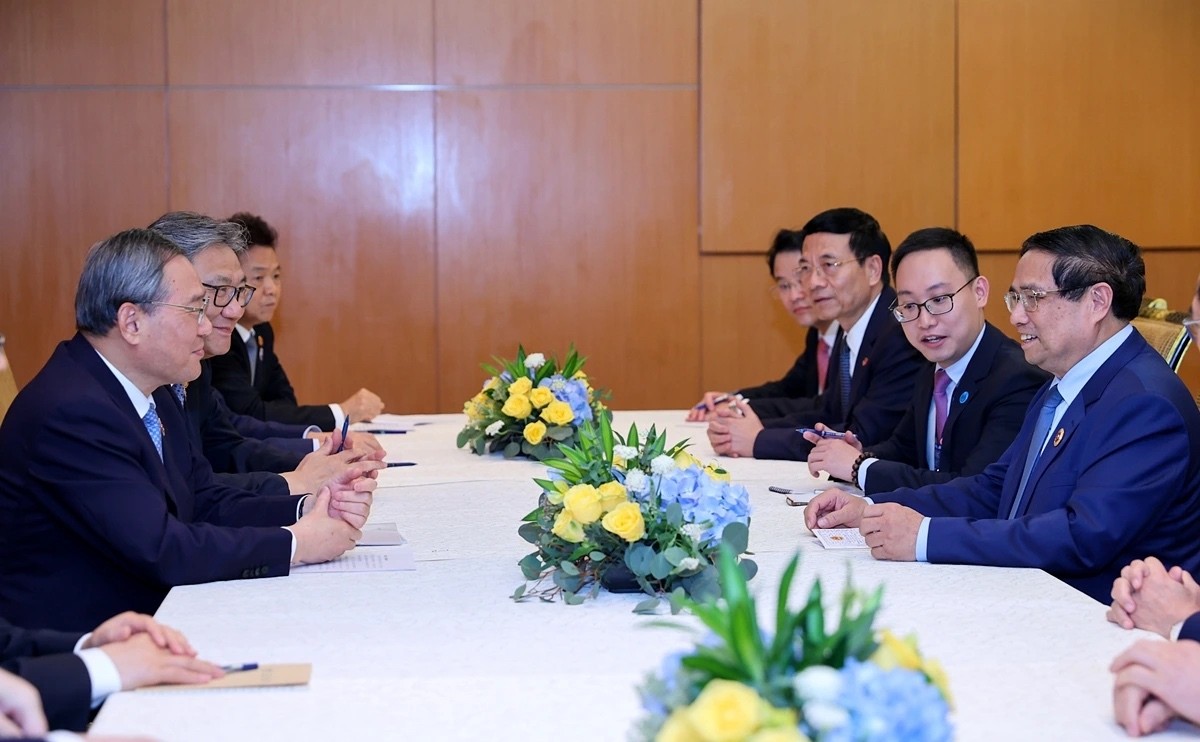 National
National
Vietnam News Today (May 28): Vietnam and China Discuss Strategic Cooperation Orientations
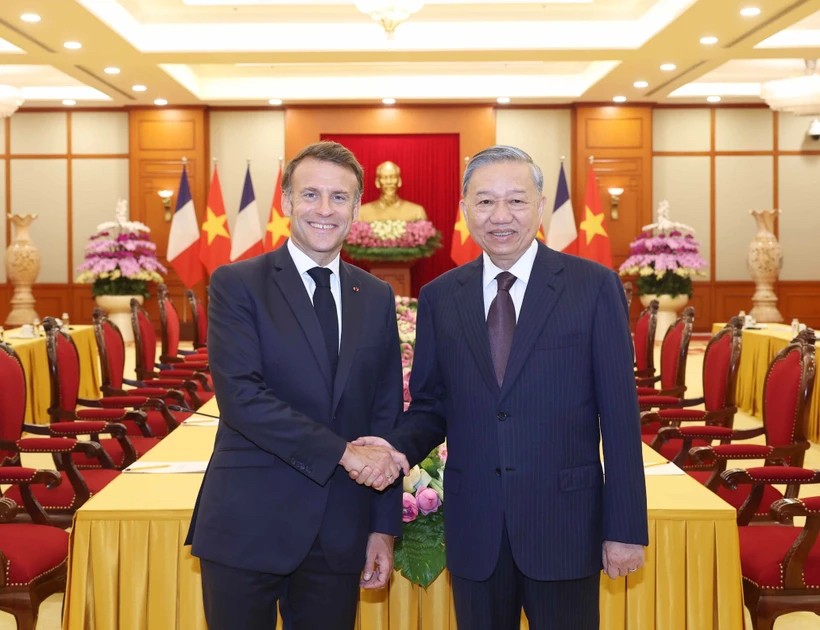 National
National
Vietnam News Today (May 27): Vietnam Treasures Multifaceted Collaboration with France
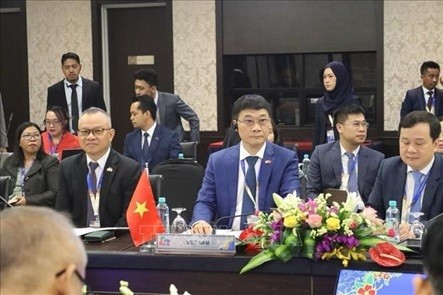 National
National



